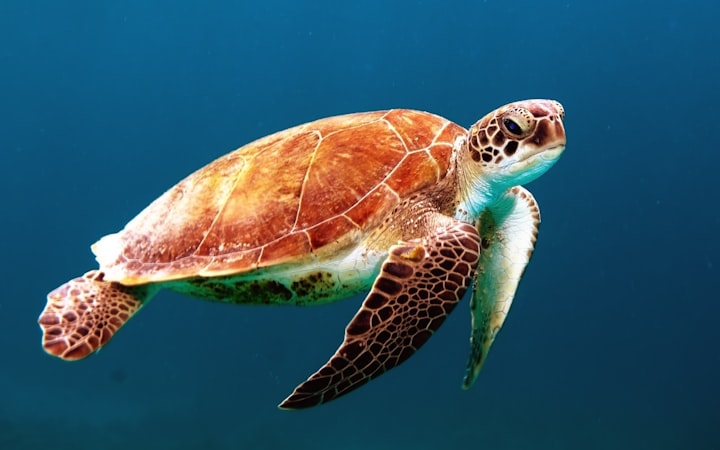A zoo is a place where animals are kept for public display and entertainment. A zoological garden (or "zoological park", or "animal park") is an establishment where animals are exhibited within enclosures that simulate their natural environments.
Most of the animals in zoos are not born in the zoo itself. The animal's home-- an enclosure or a cage-- may be large, but it is still a cage or an enclosure with no privacy for the animal.
The following are ten facts about zoos:
1. Animals suffer from zoos

A government-sponsored study of elephants at UK zoos found that 54% of elephants exhibited secretive (behavioral problems) during the day. One elephant saw day and night was considered 61% in 24 hours.
Lions at the zoo spend 48% of their time in motion, a recognizable sign of behavioral problems.
2. National Parks fail education

A Freedom for Animals study conducted in UK waters found that 41% of the animals on display had no markings - their very basic information.
U.S. research has found no concrete evidence to claim that aquatic habitats and zoos encourage a change in attitude, education, or interest in tourist conservation. The authors of the study have urged zoos to refrain from quoting zoo-sponsored research that claims to benefit education by tourism "as this conclusion is unreasonable and could mislead consumers."
In 2010, a Government-approved study found that "However, there are still concerns about the lack of available evidence on the effectiveness" of conservation and education projects in zoos.
3. Animals born in zoos are not there.
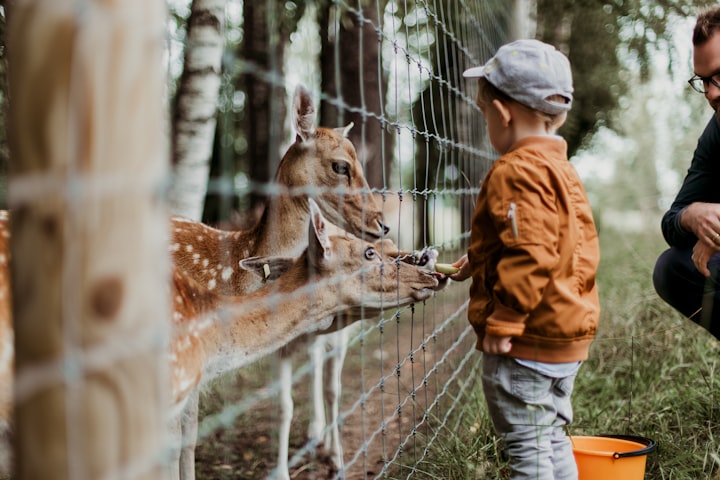
Each year in the UK alone, about 150 million animals are born in national parks and wildlife parks. Animals born in captivity will never be able to survive in their wildlife habitat, so these 150 million will never be released.
4. Zoos do not usually use contraceptives to prevent species from breeding when they are confined.
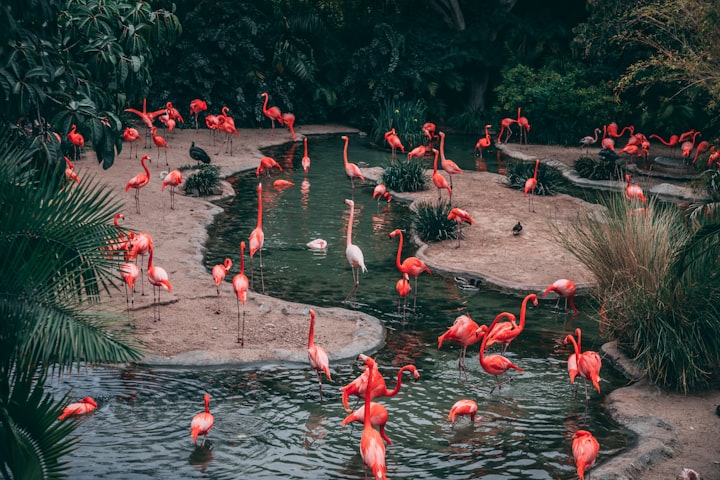
Because of the unusual living conditions that make them susceptible to disease, animals reproduce faster than they normally would. Because those areas do not have enough space or food to grow healthy, many children born in zoos and wildlife parks will die young.
5. Animals in the parks are often killed.
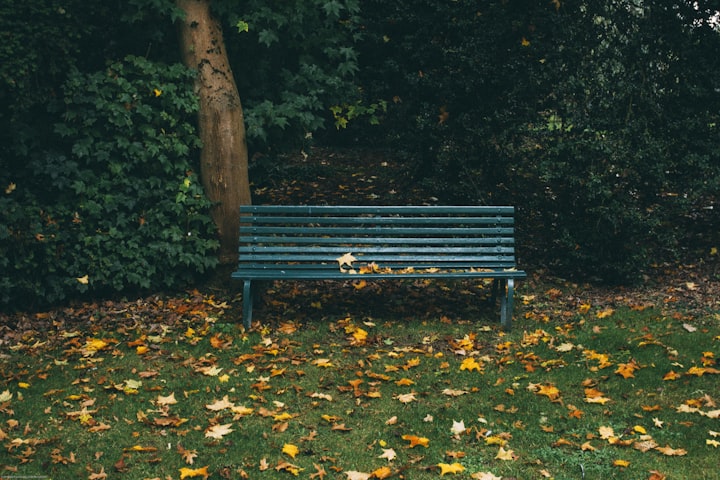
Each year the zoo kills millions of animals - directly and indirectly - by striking, shooting, dragging, or drowning. In addition, millions of animals are forced to return to the wild each year because of a lack of space or money to keep them alive.
6. Public belief in zoos influences how you behave toward wildlife and other people.

Many people believe that zoos are not cruel, but as long as they are seen by the public, that is what people will believe. Until we have an animal shelter where animals can live as they would naturally and educate people about the animals they keep, zoos will continue to contribute to the cruelty of animals in our society and to each other.
7. Animals in the park cannot express their natural behavior - such as mating or running away from predators for safety and survival.
All wildlife should be kept in a safe place where they will not be exposed to wildlife or humans. In some zoos, the animals' freedom of movement is very limited-- they can't even turn around without "hitting the wall" or other animals.
8. When released into the wild, captive animals often do not survive.

Eighty-five percent of the animals raised in captivity die before they are released from the wild. Animals also die from diseases that their immune systems would not be able to build up without them by living in the wild, and because of the trauma of being born captive (that is, they have never learned to live without human help).
9. Animals that are used are used as stage locations.

Many zoos will "hide" the animals to make them look important or interesting, but in doing so they deprive the animals of their ability to act naturally and honestly to communicate with other members of their species.
Animals used for public viewing may be well cared for at first, but if they are not kept in a natural environment where they are allowed to live the way animals do naturally, they are unhappy and depressed. Any animal kept in a limited or small capacity may be depressed and irritable.
Those who are trained to perform or demonstrate "safely" can engage in normal behavior because they know they will not be harmed, which allows them to speak honestly and naturally. They have a responsibility to their coach and/or owner who allows them to rely on them for physical safety. This does not mean that they enjoy the training or are happy about it, it means that they trust the coach and know that it is safe.
10. The animals in the parks are not getting enough of some of the things that people take for granted.

The ability to communicate with animals in a natural, healthy, and sensible way is difficult to attain in captivity. In zoos, on average, only about 10% of animals can have this contact by living alone or in small groups.
11. Because they have no place to go, animals are kept in zoos.
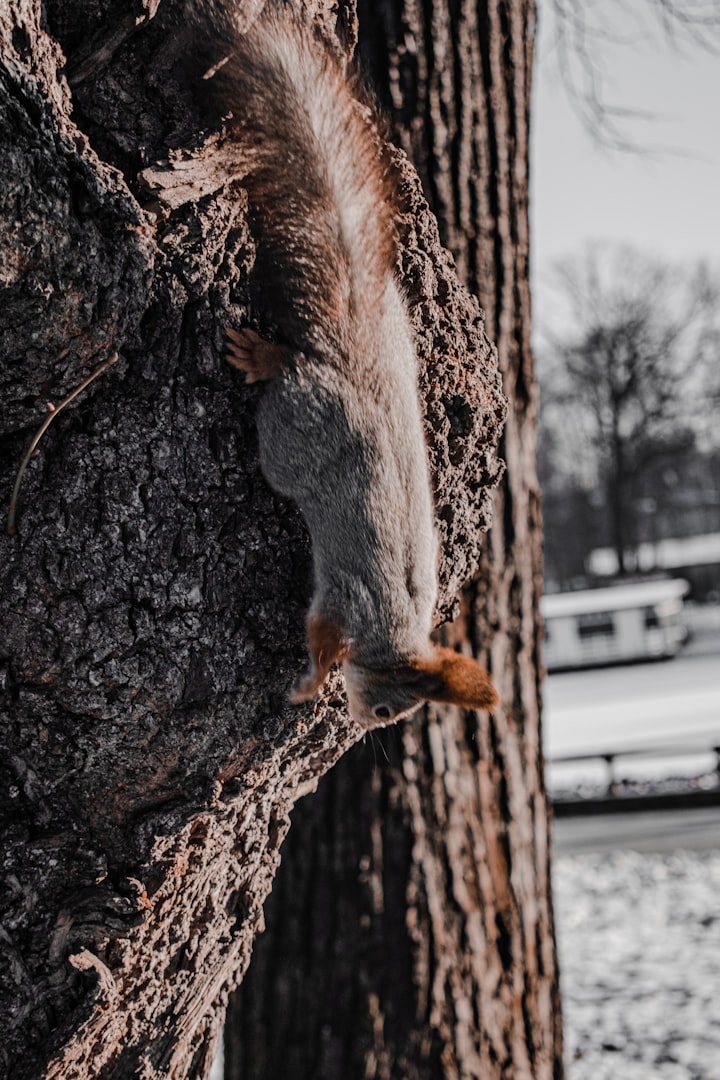
There are so many cases of abuse and neglect that it makes us wonder about the plight of most zoo animals. Zoos also agree that many of their animals will not survive to old age; many zoo deaths occur in the first year of captivity (due to the depletion of natural causes).
As the human population continues to grow, zoos are constantly building larger fences to accommodate more new animals. There is only a large area in the zoo. When the zoo "space" is full, they need to find a home for new animals; these may appear in the wild or at another zoo, and when there are not enough new animals to fill the space, they must remove some that they already have.
12. Zoo work is not a conservation issue.
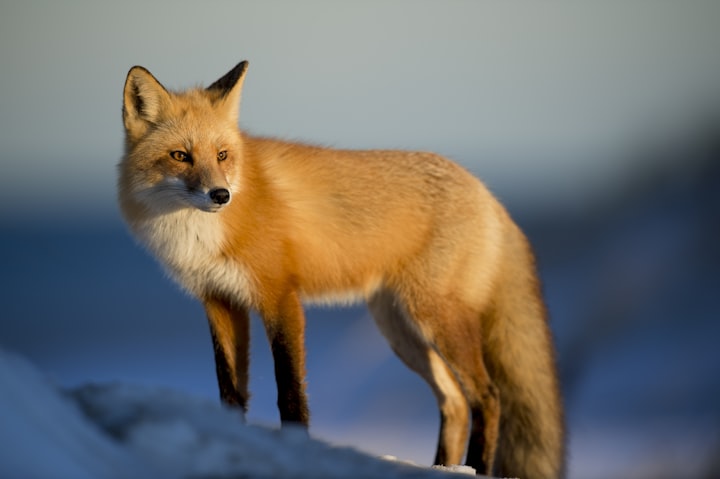
The argument that zoos promote ecosystems has been deceptively replaced by seemingly less threatening — the notion that zoos promote animal education and conservation. This view is very good, but we must remember that the goal of zoos is not conservation.


